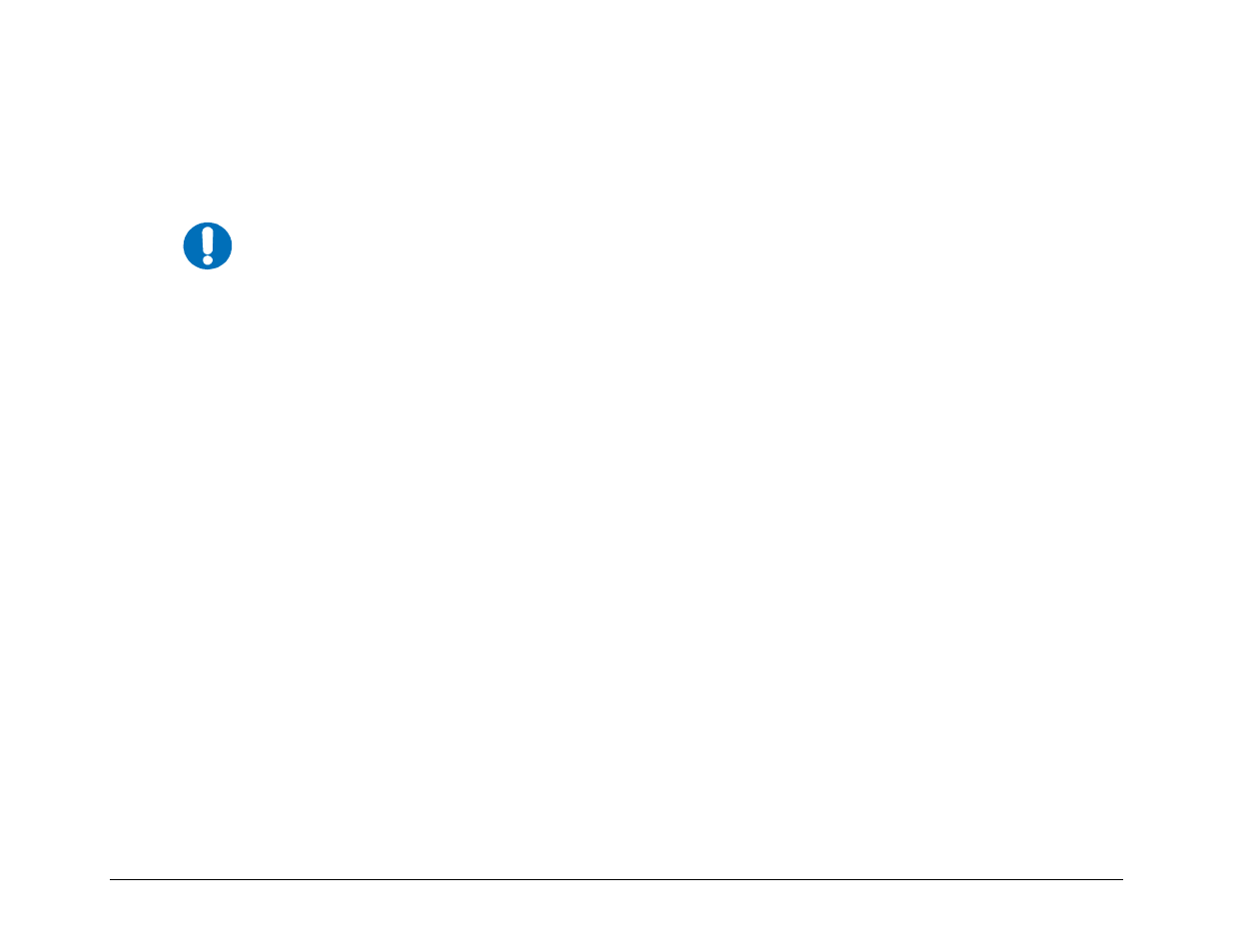A.3.2 slave (base) unit address, A.3.3 address delimiter, A.3.4 instruction code – Comtech EF Data CSAT-5060 User Manual
Page 200: A.3.5 instruction code qualifier

CSAT-5060 C-Band Transceivers
Revision 1
Appendix A
MN/CSAT5060.IOM
A–4
A.3.2 Slave (Base) Unit Address
Up to 9,999 devices can be uniquely addressed. In both EIA-232 and EIA-485 applications, the permissible range of values is 1 to 9999. It
is programmed into a slave unit using the Set Physical Address (SPA=) serial remote control command.
The master unit sends a packet with the address of a slave unit – the destination of the packet. When the slave unit
responds, the address used is the same address, to indicate to the master unit the source of the packet. The master
unit does not have its own address.
A.3.3 Address Delimiter
This is the “forward slash” character '/' (ASCII code 47).
A.3.4 Instruction Code
All instruction codes are case-sensitive. Only upper case alphabetic characters are permitted: A-Z, ASCII codes 65 - 90.
The instruction code is a three-character alphabetic sequence that identifies the subject of the message. Wherever possible, the instruction
codes have been chosen to have some significance. This convention increases the readability of the message, should it be displayed in its
raw ASCII form. For example:
•
UAT = Up Converter Attenuation
•
UFQ = Up Converter Frequency
A.3.5 Instruction Code Qualifier
This is a single character that further qualifies the preceding instruction code. Code Qualifiers obey the following rules:
1) From master to slave unit, the only permitted values are:
=
ASCII code 61
?
ASCII code 63
They have these meanings:
IMPORTANT
